Views: 0 Author: Site Editor Publish Time: 2025-11-24 Origin: Site










No welds or seams to hold impurities
Works better in places with lots of corrosion




Seamless pipes do not have welds or seams. This lowers weak spots and stops rust from forming. The inside of seamless pipes is smooth. This keeps dirt and chemicals from sticking. It makes the pipes last longer. Special coatings like epoxy and galvanizing add more protection. They help stop corrosion. Seamless pipes work well in places with high pressure and heat. This keeps things safe and makes pipes last longer. Using seamless pipes can save money on repairs. It also lowers maintenance costs in oil and gas industries.
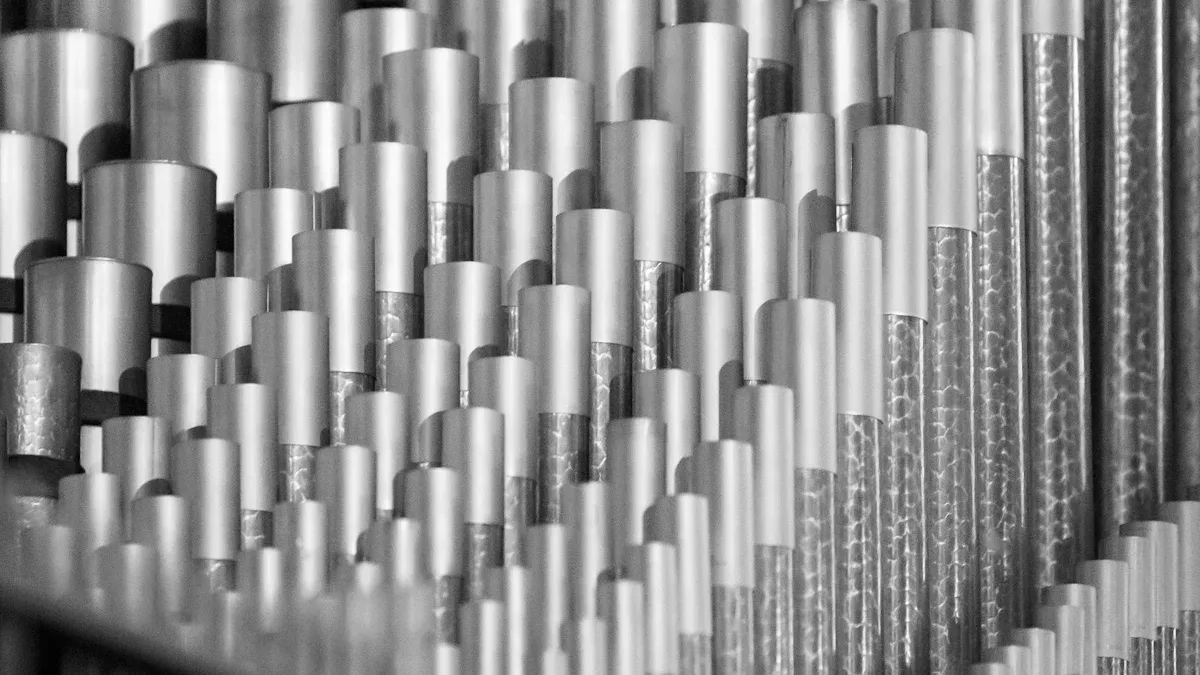
Seamless pipes are good for hard jobs. They do not have welded joints. This means there are fewer weak spots. Corrosion cannot start as easily. The inside of the pipe is smooth. This helps stop rust and damage. The walls of seamless pipes are always the same thickness. This helps stop stress corrosion cracking. This is important in places with high pressure or heat.
Huashang uses special steps to make these pipes. They use heat piercing, annealing, and cold-rolling. These steps keep the inside of the pipe smooth. You will not find scale, pits, or scars inside. The pipes do not have oil pollution or inclusions. This makes the pipes strong and dependable.
Here is how even wall thickness helps you:
Evidence | Explanation |
|---|---|
Uniform wall thickness | Keeps corrosion rates steady and stops holes from forming. |
Surface treatment | Galvanizing and plastic spray help fight off corrosion. |
Longevity | Pipes can last over 30 years near the ocean. |
You can count on carbon steel seamless pipe for tough jobs. The even walls and smooth structure make them a smart pick for harsh places.
Huashang uses new machines to make sure every pipe is good. They use automatic heat piercing and special furnaces. These tools keep the pipes strong and even.
Quality control is very important. The pipes are made from good steel billets. The factory checks furnace temperatures carefully. Special tools, like spectrometers and ultrasonic detectors, check each pipe for problems. This means you get pipes that fight corrosion and last a long time.
The inside of seamless pipes stays the same all over. There are no weld seams that can get weak. This helps stop pitting and stress corrosion cracking. New treatments, like inner wall galvanizing and epoxy resin coatings, help the pipes stand up to strong acids and CO₂.
Tip: Picking seamless pipes means your projects will be safer and last longer.
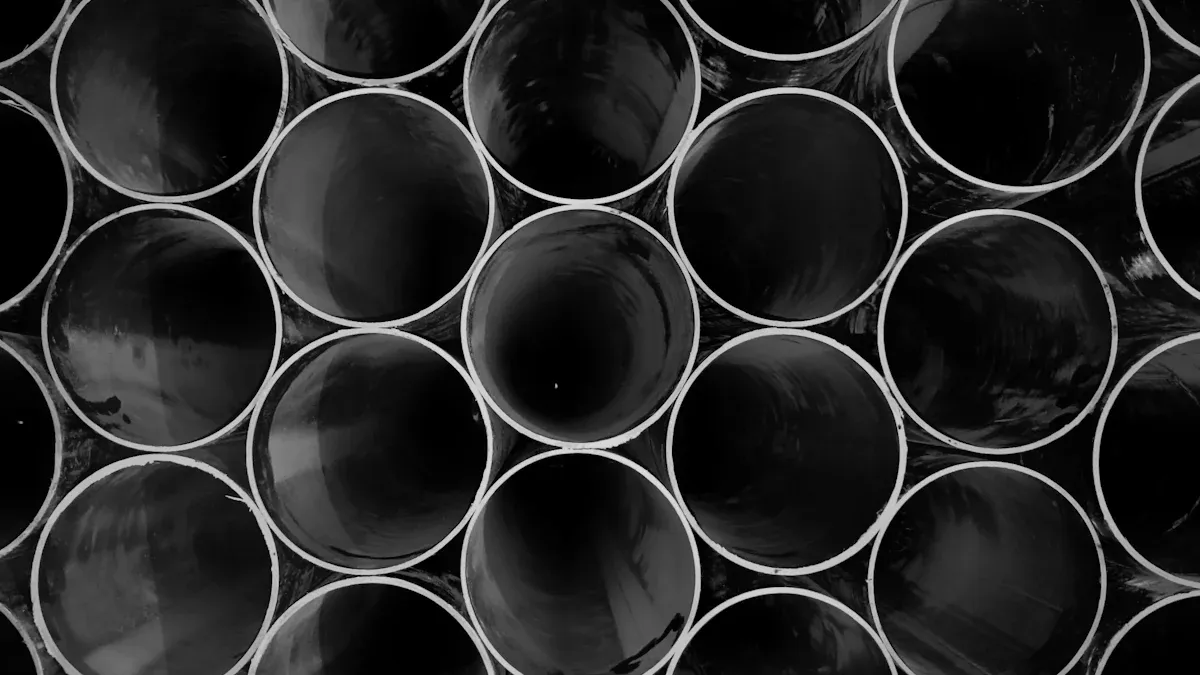
If you want pipes to last in hard places, seamless pipe is a good choice. Welded pipes have joints that can be weak. These joints can trap dirt and get stressed. This makes them start to rust faster. Seamless pipe does not have these joints. The pipe stays the same all the way through. This gives it steady strength and fewer spots for rust to start.
Seamless pipes do not have welded joints, which often start to rust first.
Welded joints can have different metal and stress, so they rust more.
The smooth and even seamless pipe keeps the metal strong, so rust is less likely.
Welded pipes can also have uneven walls and odd shapes. These problems make rust worse, especially with strong chemicals or saltwater. Seamless pipe does not have these issues. It is a good pick for jobs with high heat or pressure.
Pipe Type | Corrosion Resistance |
|---|---|
Seamless Pipes | Less likely to rust, better at stopping corrosion |
Welded Pipes | Rusts more easily, not as good at stopping corrosion |
Note: If you pick seamless pipe, you lower the chance of stress cracks from rust, especially where there are chloride ions or gases like CO₂ and H₂S.
Pipes need to be tough in harsh places. Seamless pipe is strong against rust because it is even all over. It is often made from stainless steel or special metals. These help the pipe last longer, even with lots of water, salt, or chemicals.
Seamless pipes often get special coatings to stop rust.
Stainless steel seamless pipes work well near the ocean with lots of salt and water.
The even metal in seamless pipe means no welds, so there are fewer weak spots for rust.
Seamless pipe stands up to many kinds of rust found in factories. There is less pitting, even rust, and rust along the grains. The table below shows how seamless pipe helps stop these problems:
Corrosion Type | Description |
|---|---|
Pitting Corrosion | Deep holes form in the pipe, which is bad for high-pressure jobs. |
Uniform Corrosion | Rust covers the whole pipe, so you can check and guess how fast it spreads. |
Intergranular Corrosion | Rust forms along the grains, making the pipe weak and easy to break. |
Fatigue Corrosion | Cracks show up from stress and rust, making the pipe less strong. |
Lab tests show seamless pipe made from special alloys like Alleima® 2RK65 fights pitting and stress cracks better than regular stainless steel. You can see this in the chart below:
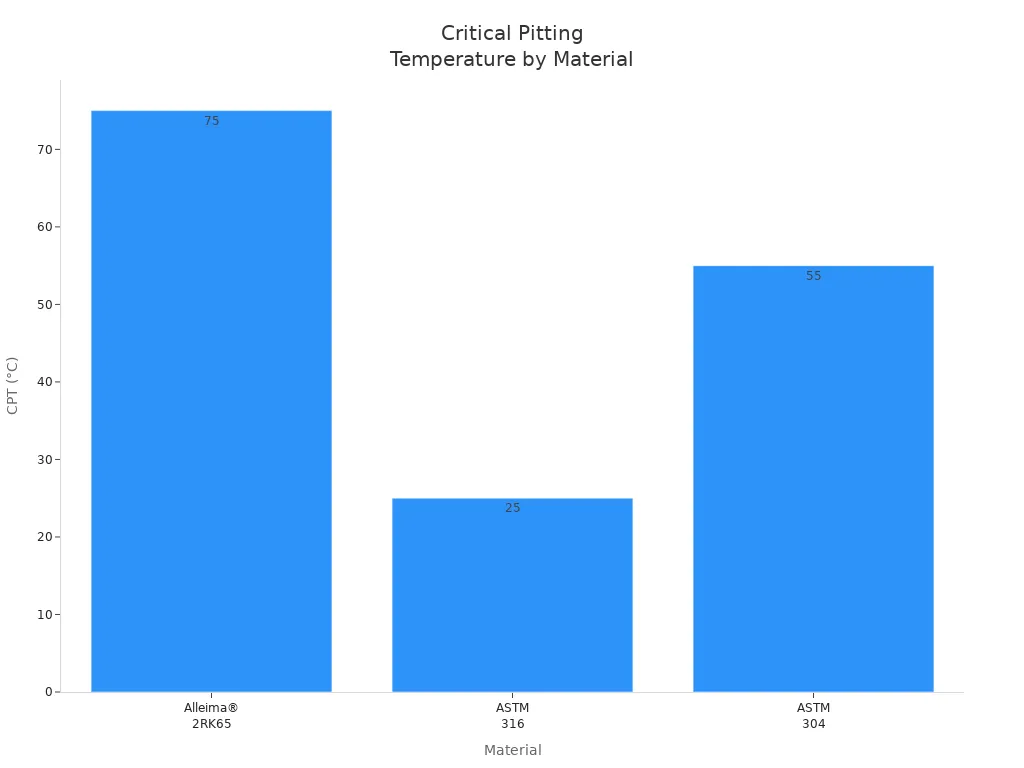
Seamless pipe also does better in fast rust tests. The smooth inside walls make it hard for rust to start. Fewer flaws mean less chance for rust. You get a pipe that lasts longer and needs less fixing.
Tip: Seamless pipe helps you worry less in tough places. It is strong against rust and less likely to leak or break.
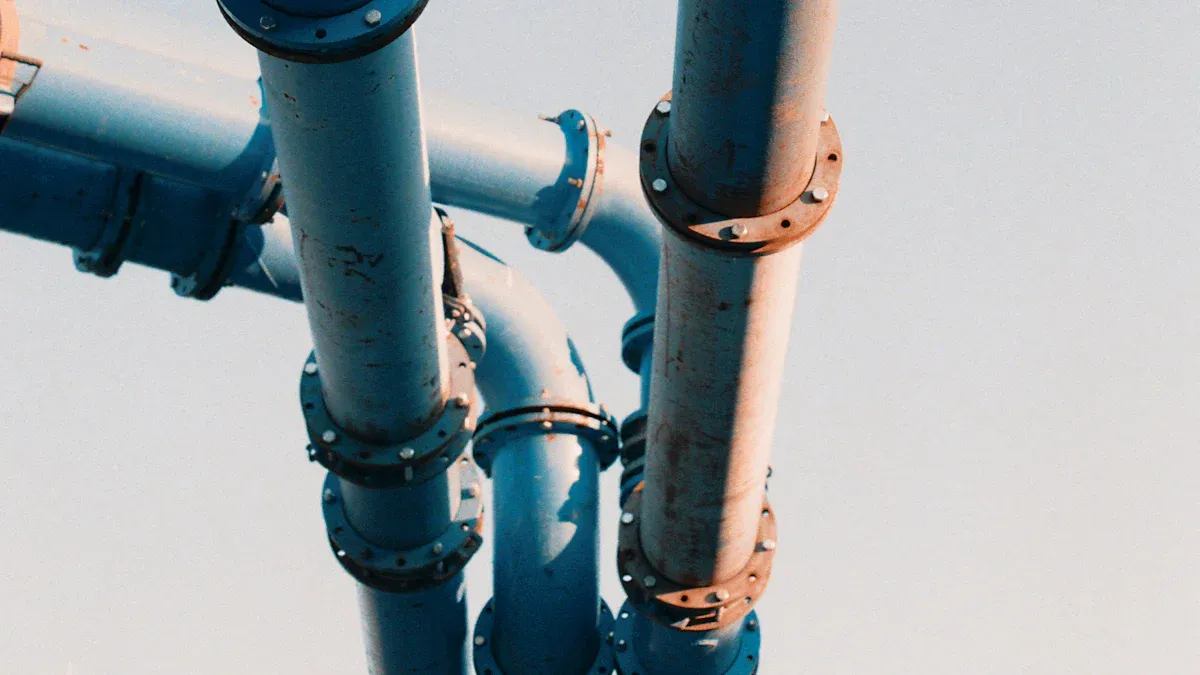
Seamless pipes work in many tough places. You need strong ways to stop rust and damage. These steps help pipes last longer and stay safe. Let’s see some of the best ways to stop corrosion.
You can put special coatings and linings on seamless pipes. These layers block water, air, and chemicals from touching the metal. Here are some good coatings you can use:
Epoxy
Polyethylene
Fusion-bonded epoxy
Polyurethane
Tape coatings
Hot-dip galvanizing
Innovative nanocoatings
Epoxy lining is great for stopping rust inside pipes. It fights off chemicals and works in many places. It costs more than some other coatings, but it lasts longer. This means you do not need to fix pipes as often. Thermoplastic linings also make a strong shield inside the pipe. They keep bad stuff away from the metal and last a long time.
Feature | Epoxy Liners |
|---|---|
Corrosion Resistance | Great at stopping rust |
Durability | Lasts a long time, handles high heat |
Maintenance | Needs fewer fixes and changes |
You can also use spray coatings, inside and outside coatings, and galvanized coatings. These ways help keep pipes safe in hard jobs.
Corrosion inhibitors are chemicals that help protect seamless pipes. You add them to the liquids that move through the pipes. They slow down rust and keep pipes strong. Water treatment chemicals, like oxygen scavengers and pH adjusters, help control things that cause rust in factories.
Other ways to stop rust are electrodialysis and cathodic protection. Electrodialysis makes a thin film on the pipe using metal ions. Cathodic protection uses electricity to stop rust. You often see cathodic protection in pipes underground or underwater. This way gives extra help against rust and helps pipes last longer.
Tip: Using coatings, linings, inhibitors, and cathodic protection together gives the best protection from rust.
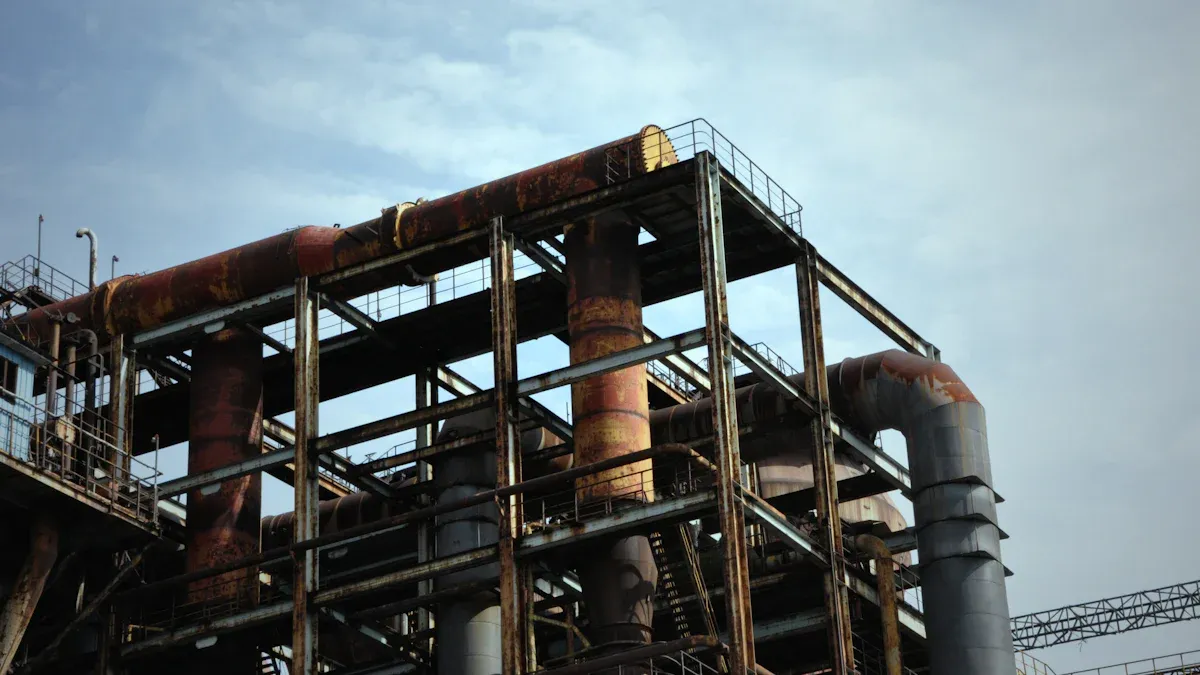
If you want pipes that last long, seamless pipes are a good pick. They do not need much fixing. This is important in the oil and gas industry. These pipes work well with strong chemicals and high pressure. They also do well in very hot or cold places. You can use seamless pipes to move crude oil, natural gas, and water. Their smooth walls help stop rust and damage. The strong structure helps keep leaks and breaks away.
Seamless pipes often have special coatings or use stainless steel alloys. These things help them work in tough places. You save money because you do not need to fix or change pipes often. Seamless pipes are strong and last for many years, even in hard jobs.
Tip: Seamless pipes help you save money and avoid repairs in the oil and gas industry.
Seamless pipes are used in many industries. You see them in petrochemicals, shipbuilding, and oil and gas. These places need pipes that can handle high pressure and strong chemicals. They also need pipes that work in rough weather. Seamless pipes are strong and fight rust well.
Huashang Steel makes seamless pipes that follow strict rules. You get pipes that meet GB/T 5310, ASTM A192, and EN 10216-2. These rules make sure pipes work in hot and high-pressure jobs. Big companies like PetroChina and Sinopec use seamless pipes from Huashang Steel.
Here is a table that shows how seamless pipes and welded pipes compare in tough jobs:
Performance Metric | Seamless Pipes | Welded Pipes |
|---|---|---|
Strength | High | Moderate |
Durability | High | Lower |
Resistance to Pressure | Excellent | Good |
Corrosion Resistance | High | Moderate |
Seamless pipes are used in the oil and gas industry to keep pipelines safe. They work well with strong chemicals, high pressure, and extreme heat or cold. Seamless pipes help move oil, gas, and water without trouble. Their strong design helps you feel safe in the oil and gas industry.
Seamless pipes get anti-corrosive coatings.
Stainless steel seamless pipes work in offshore and onshore oilfields.
You get stable operation for a long time in the oil and gas industry.
Huashang Steel has more than 15 years of experience. They help customers in over 50 countries. The company gives good prices, expert help, and reliable shipping. You can trust Huashang Steel for seamless pipes in the oil and gas industry and other places.
When you pick seamless pipes from Huashang, they fight rust well. The way they are made makes each pipe strong and even. You can use seamless pipes in hard places like oilfields and chemical plants. Tests show seamless pipes work well for a long time and break less often. More people want seamless pipes because they are strong and last long. If you need pipes that protect against rust for many years, seamless pipes are the best choice.
You get pipes with no welds or seams. This means fewer weak spots for rust to start. The smooth walls help stop dirt and chemicals from sticking. You see longer life and less damage.
Yes! You use seamless pipes in places with high pressure and heat. The even wall thickness gives you strong pipes. You see less risk of leaks or cracks.
You find seamless pipes in oil and gas, petrochemicals, shipbuilding, and power plants. These industries need strong pipes that fight rust and last a long time.
You can add coatings like epoxy or galvanizing. These coatings give extra protection against rust. You see better performance in harsh places.
You see factories use tools like spectrometers and ultrasonic detectors. These tools find flaws and test strength. You get pipes that meet strict standards.